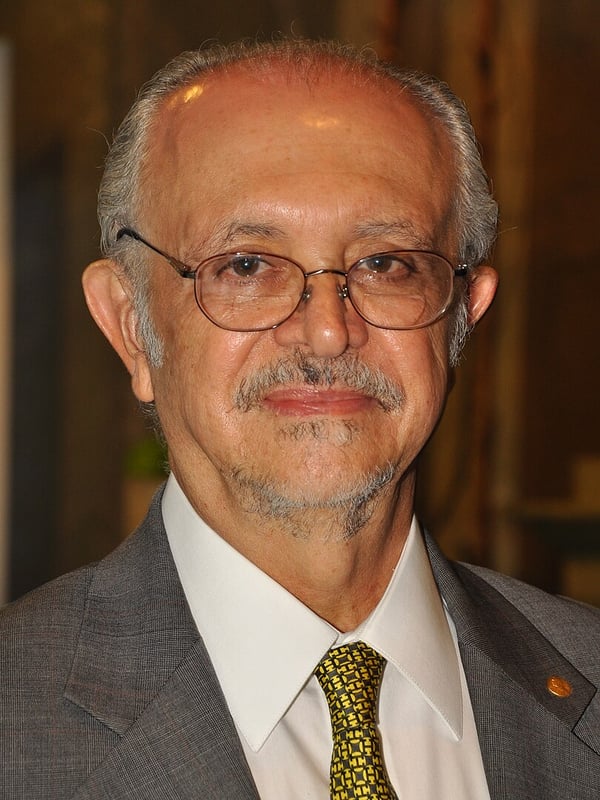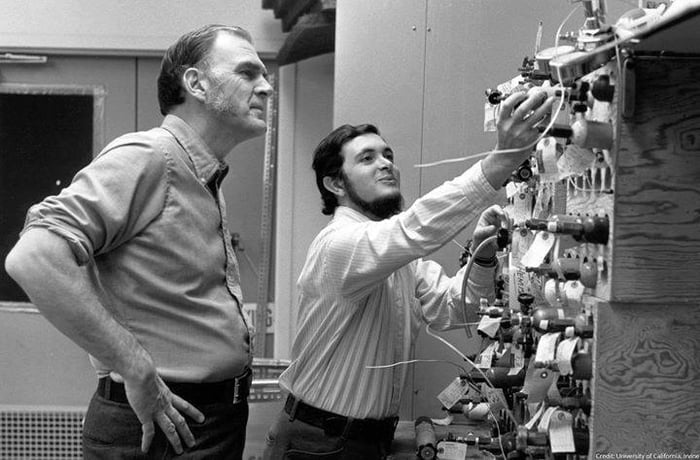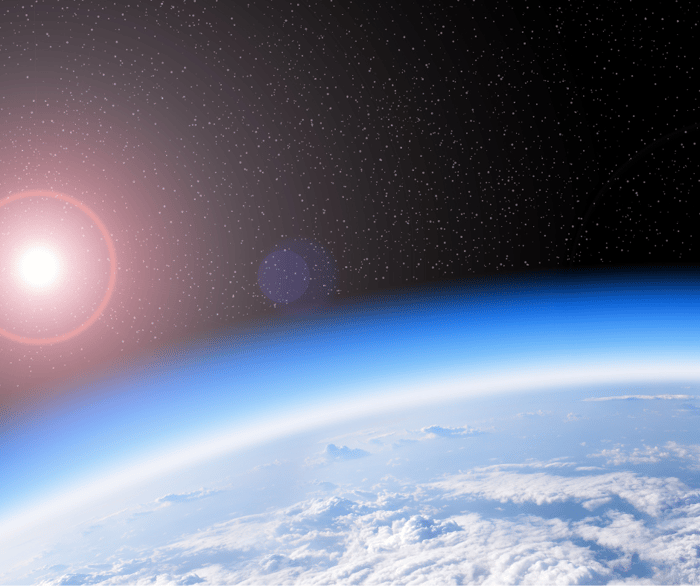National Hispanic Heritage Month: Mario J. Molina the atmospheric chemist that helped to save the ozone layer

In celebration of National Hispanic Heritage Month, Planet Aid is recognizing Hispanic environmentalists and changemakers. We start our series with Mexican-born Nobel Prize-winning chemist, Mario José Molina-Pasquel Henríquez, known as Dr. Mario J. Molina.
Dr. Molina, along with his colleague, F. Sherwood Rowland, is credited with a discovery that has changed the course of the stratosphere.
Born in Mexico City in 1943, Dr. Molina was the son of Lenor Henriquez and his father, Roberto Molina-Pasquel. His father was a lawyer and Mexican ambassador to Ethiopia, Australia, and the Philippines.
As a young boy, he had an innate curiosity and a love for science. In his biography, he writes, "I still remember my excitement when I first glanced at paramecia and amoebae through a rather primitive toy microscope."
Not too many prepubescent children are giving much thought to paramecia, but Molina was not the typical child. Subsequently, upon discovering his affinity for science, he converted a rarely-used family bathroom into a laboratory, where he played with his chemistry sets for hours.
At age 11, he attended a boarding school in Switzerland where he learned to speak German, which, at the time, was an important language for chemists to learn. He studied chemical engineering at the National Autonomous University of Mexico and applied chemistry at the University of Freiburg, Germany.
In 1973, he became a postdoctoral researcher at F. Sherwood Rowland's laboratory at the University of California Irvine. It was there that he made an assertion that would have an enduring impact on the environment as well as manufacturing.

Dr. F. Sherwood Rowland (l) a and Dr. Mario Molina (r) at University of California Irvine in January 1975 (Photo credit: NobelPrize.org)
Dr. Molina began investigating a class of compounds called chlorofluorocarbons, or CFCs. These compounds were used as refrigerants, aerosol sprays, and in the making of plastic foams, among other products. Still equipped with his boyish curiosity, he wondered about where these compounds were going once released into the atmosphere. This barely scaled as an afterthought for most; nonetheless, it was a burning question for him.
What he found out was a wake-up call to a generation. These CFC gases—freon among them— have a damaging effect on the ozone in the atmosphere.
The atmosphere around the earth contains small amounts of ozone, which are molecules composed of three oxygen atoms. Ozone plays a major protective role in absorbing the ultraviolet (UV) radiation from the sun. Without this protection, there would be no filter for the UV radiation even leading to more skin cancer and various health issues.

Depending on when you were born, you might remember when the hole in the ozone layer was the most talked-about environmental issue. In 1974, Molina and Rowland released a study explaining the role of CFCs in the deterioration of the ozone layer; however, the study came under heavy ridicule and scrutiny from the chemical industry.
Nonetheless, with their CFC study published, several independent studies established their theory as accurate, and the United States National Academy of Sciences further corroborated their findings in 1976. The academy released a report concluding that the ozone depletion hypothesis was strongly supported by scientific evidence.
As a result of Dr. Molina's and Dr. Rowland's environmental advocacy and research, a ground-breaking global treaty was achieved in 1987 by the United Nations. It is known as the Montreal Protocol on Substances that Deplete the Ozone Layer.
The treaty was agreed upon to protect the ozone layer by phasing out the production of the harmful CFCs which cause the deterioration. The Montreal Protocol eventually led to a significant slowing of ozone layer depletion.
Molina's passion also extended to championing young Latinos kids toward the sciences. He recalled:
The scientists I looked up to at the beginning were not Latino. They were famous scientists of many years ago, like Madame Curie. Later, I realized that there were also, but a very few, Latino scientists. There were good ones, but very few, because there wasn't as much a tradition to be a scientist in our culture. But this is changing.
In many ways, Mario J. Molina became an ambassador, not unlike his father. The lifelong activist was a spokesperson for the environment and the application of science to societal issues. He won many awards, received 29 honorary degrees, and served on the U.S. President's Council of Advisors on Science and Technology under two presidents, Bill Clinton and Barack Obama.
Dr. Molina and his long-time colleague, Dr. Rowland, received the Nobel Prize for Chemistry in 1995. In 2013, he was awarded the Presidential Medal of Freedom by President Barack Obama.
In 2020, Molina died while at home in Mexico City. He was 77 years old.
In tribute to his service, fellow Nobel Prize winner and former Vice President Al Gore said that Dr. Molina: "never backed down from political pressure, always speaking truth to power, grounded in science and reason."
